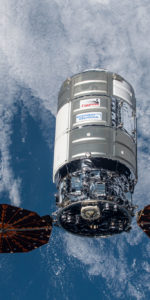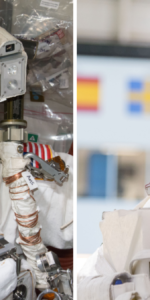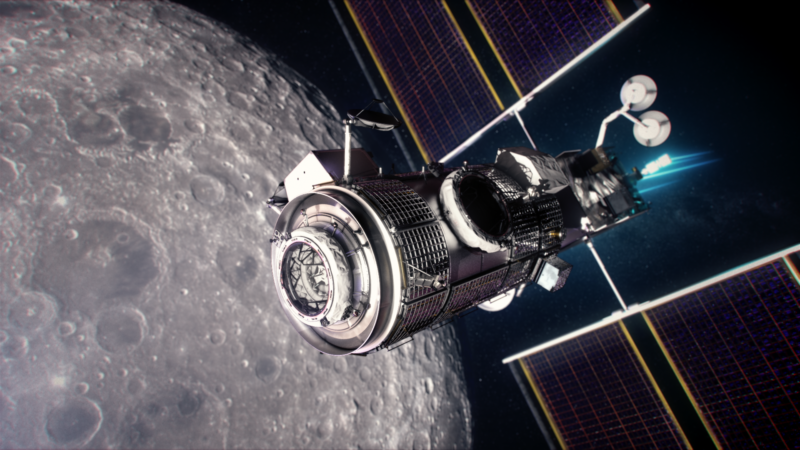
As NASA works toward implementing the Gateway later this decade, two of the agency’s key centers are working to achieve “Class A Certification” of the core Flight System (cFS) which will run the spacecraft’s day-to-day operations in Near-Rectilinear Halo Orbit (NRHO) around the Moon. The Class A-certified flight software will ensure the proper functionality of on-board systems and furnish a safe environment for human crew members to live and work.
Described as the foundation of the Gateway’s flight software, cFS will manage the autonomous operation of a multitude of instruments and systems aboard the multi-national lunar outpost, together with core functionalities. The architecture is being developed by the Goddard Space Flight Center (GSFC) in Greenbelt, Md., and the Johnson Space Center (JSC) in Houston, Texas.
Work is already progressing swiftly on the fabrication of the first components of the Gateway, with Maxar Technologies—formerly Space Systems/Loral (SS/L)—building the Power and Propulsion Element (PPE) and Northrop Grumman Corp. responsible for the Habitation and Logistics Outpost (HALO).
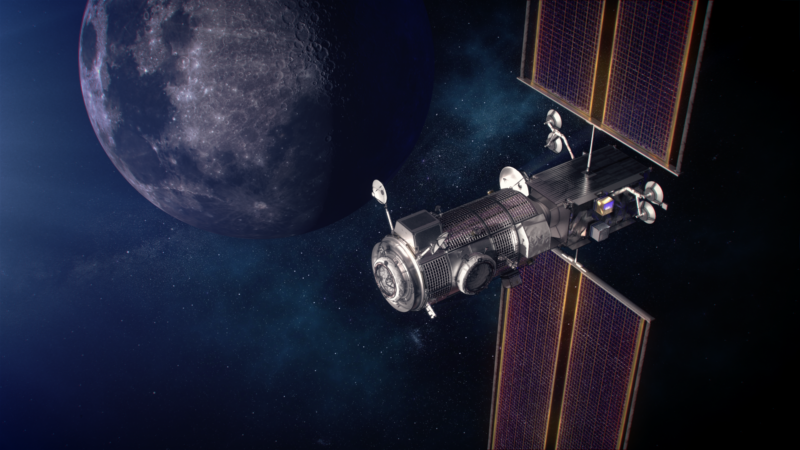
Last summer, NASA announced that these two elements will be pre-integrated on the ground and launched together to mitigate risk. And earlier this week, SpaceX’s triple-barreled Falcon Heavy booster was chosen to launch the combined PPE/HALO “stack” from historic Pad 39A at the Kennedy Space Center (KSC) in Florida , no earlier than May 2024.
In addition to serving as a staging-point for a sustained human presence at the Moon, the Gateway will support investigations in planetary science, astrophysics, Earth observations, heliophysics, fundamental biology and human health and performance.
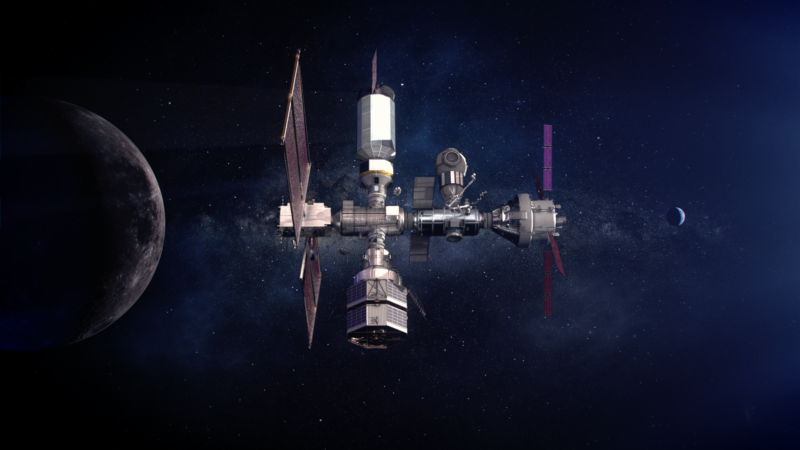
And the 4,400-cubic-foot (125-cubic-meter) spacecraft boasts a strong international flavor, with Canada having committed to build its robotic Canadarm3 manipulator, Japan contributing to its Environmental Control and Life Support System (ECLSS), batteries, thermal control and imaging systems and the European Space Agency (ESA) providing its habitation, refueling and communications capabilities.
With a pressurized volume roughly one-sixth that of the International Space Station (ISS), the Gateway will circle the Moon every seven days, its highly elliptical orbital path bringing it within 1,900 miles (3,000 km) of the lunar north pole at “perilune” and as far as 43,000 miles (70,000 km) over the lunar south pole at “apolune”.
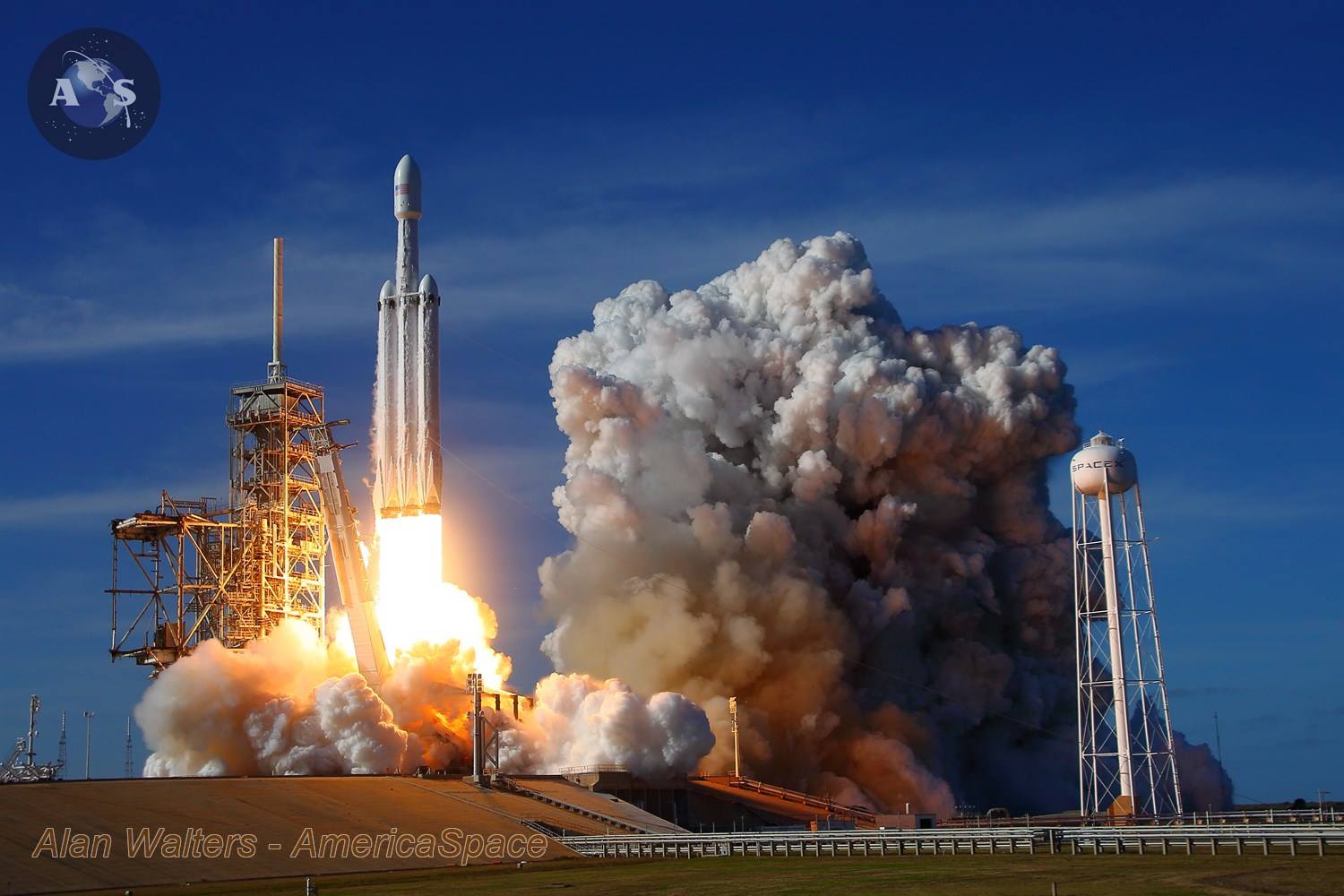
And keeping the miniature station fully functional will place immense demands upon its software. “While Gateway will not be continuously inhabited like the International Space Station, every system on-board must be at a high standard that guarantees astronaut safety,” NASA noted. “Class A Certification assures that all of Gateway’s systems meet these rigorous requirements.”
Historically, the creation of flight software was specifically tailored to the hardware with which it would interface, but the “layered, reusable software architecture” afforded by cFS enables software specialists to “rapidly peruse a catalog of libraries and applications and select the components they want for their mission”, according to NASA.
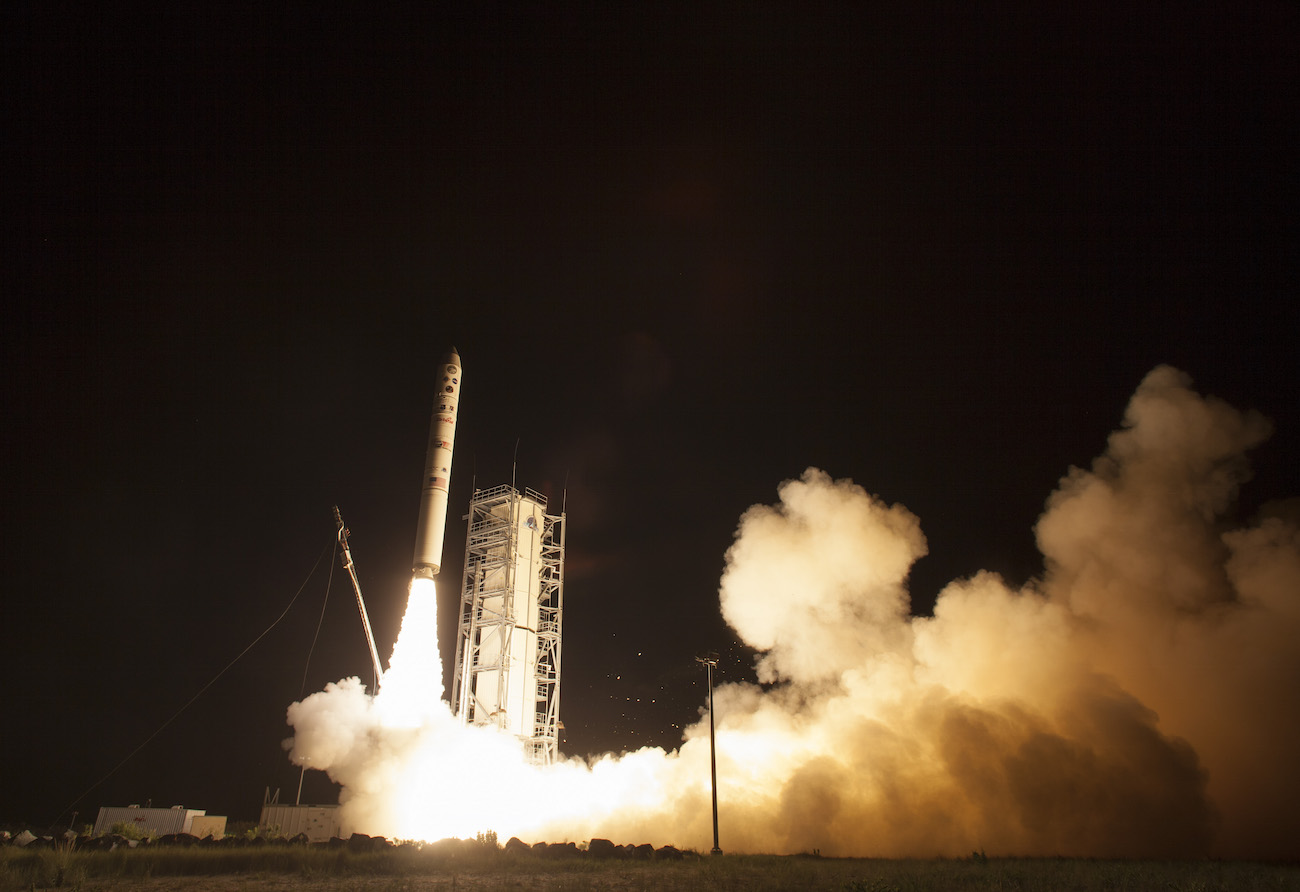
“Using the cFS architecture, missions do not have to dedicate valuable resources to developing the common pieces of software required on every mission,” it added. “Instead, they can use their resources to focus on development of the mission-specific applications that run at the top layer of the architecture. In addition, development systems can be up and running in just a few weeks, not months, as was the case before.”
The cFS architecture was conceived way back in 2005 as a means of reducing the costliness and time-consuming nature of developing software for space missions. “Its flexible, layered architecture,” NASA explained, “creates a development environment where system integrators can rapidly assemble a significant portion of a software system for new missions, test platforms and technology prototypes, resulting in reduce technical, schedule and cost risks.”
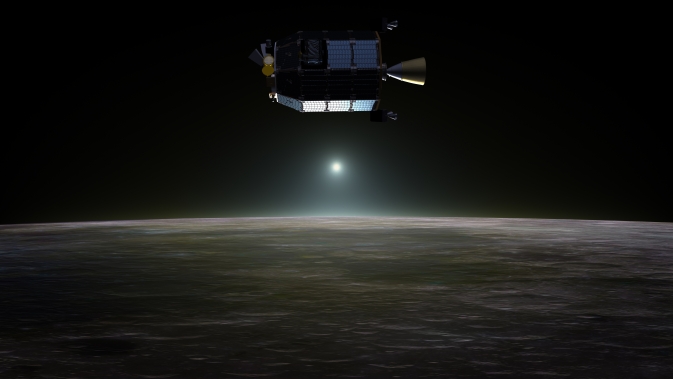
It was first demonstrated in June 2009 by the Lunar Reconnaissance Orbiter (LRO). Since then, several missions—from the Lunar Atmosphere and Dust Environment Explorer (LADEE), launched in September 2013, and the Parker Solar Probe, which rose from Earth in August 2018—have benefited from the technology.
And over time, cFS has undergone improvement, both internally and via recommendations from independent developers around the world. Just last summer, it was named NASA’s Software of the Year for its combination of “app-store” delivery of solutions, stability and adaptability. “We’re working on making it easier to test, easier to trace requirements from mission applications and easy to adapt,” said Jacob Hageman, team lead for the certification effort for the Gateway’s cFS. “The Artemis Program provides resources to help us improve the product, which benefits everyone who uses it.”
FOLLOW AmericaSpace on Facebook and Twitter!




